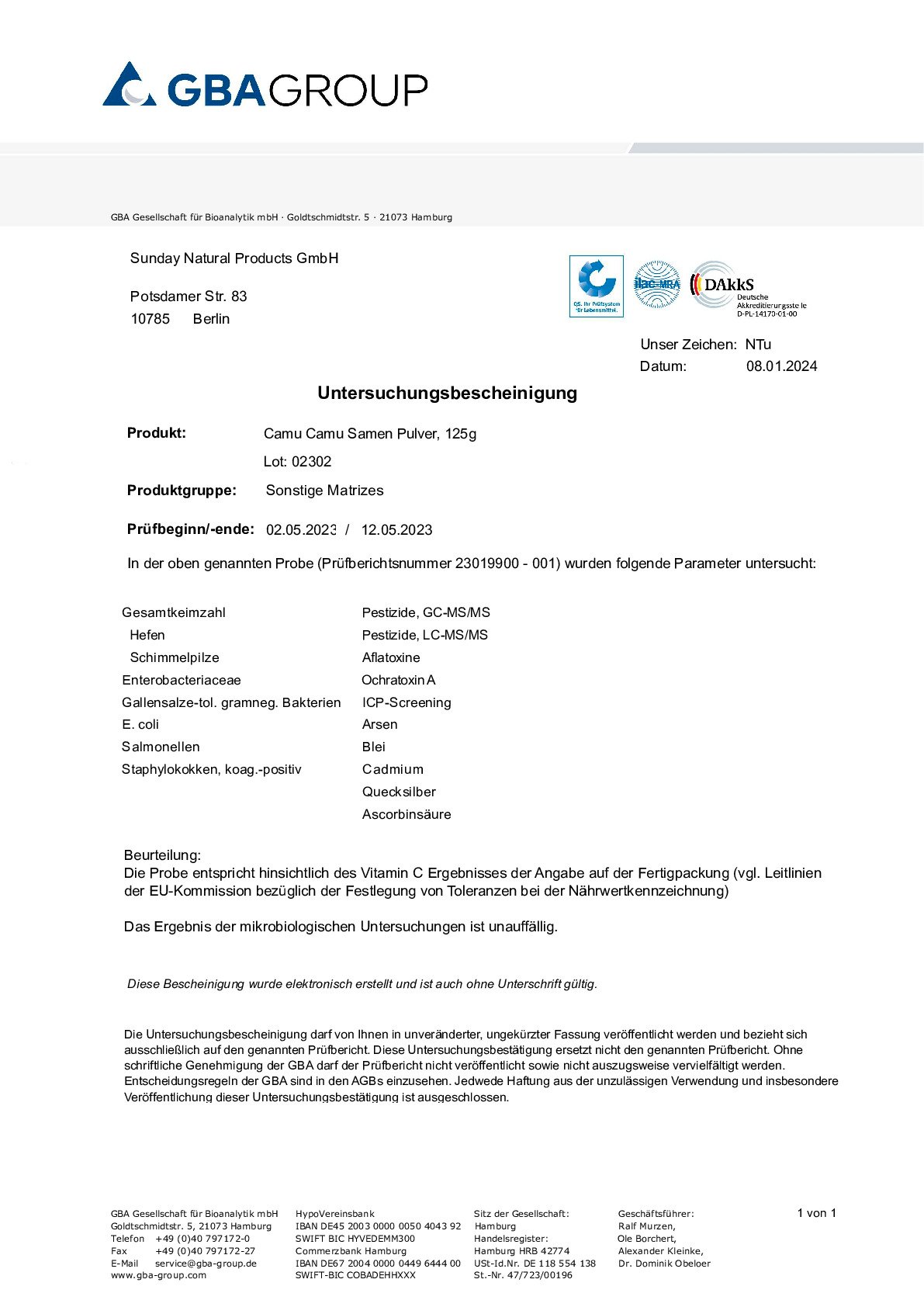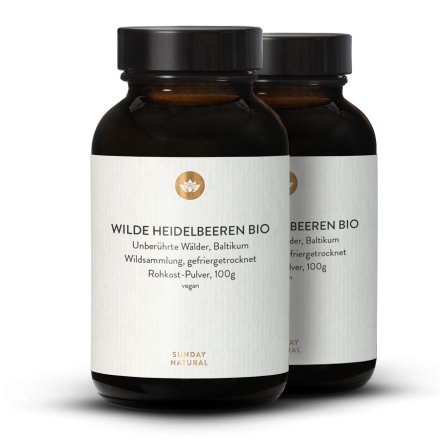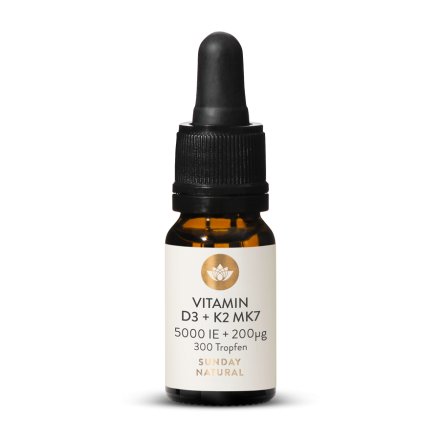The small red-brown camu camu fruit with the botanical name Myrciaria dubia grows on tall, tree-like shrubs and belongs to the myrtle family. It is native to South America, where it grows mainly in the humid, swampy regions of the Amazon rainforest near rivers. The warm, humid climate there provides the perfect conditions for it to thrive. The fruity-sour tasting camu camu fruit is considered one of the most vitamin C-rich fruits on our planet.
With its content of valuable vital and plant substances, the camu camu berry is a real superfood. The indigenous peoples of Peru mainly consume the freshly squeezed juice of the fruity-sour fruit. In the indigenous culture, camu camu was traditionally known above all as an aphrodisiac.
HEALTH CLAIMS VITAMIN C (ACC. TO EFSA):
Vitamin C contributes to:
- reduction of tiredness and fatigue,
- normal mental function,
- regeneration of the reduced form of vitamin E,
- normal energy metabolism,
- normal function of the immune system (physical defence),
- normal function of the nervous system,
- protection of cells against oxidative stress,
- normal collagen formation for normal blood vessel function,
- normal collagen formation for normal bone function,
- normal collagen formation for normal cartilage function,
- normal collagen formation for normal dental function,
- normal collagen formation for normal gum function,
- normal collagen formation for normal skin function,
- increase the absorption of iron,
- maintain a normal function of the immune system (physical defence) during and after intensive physical activity.






























